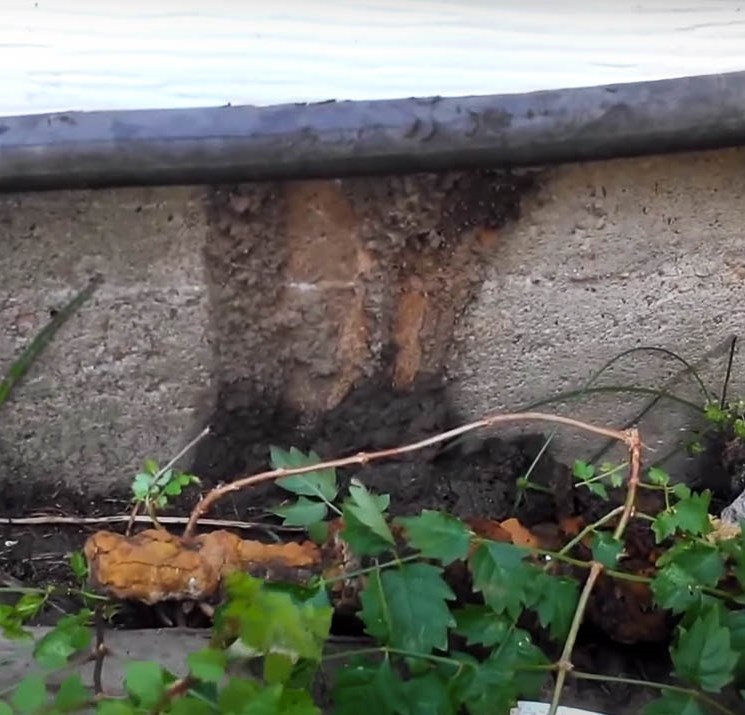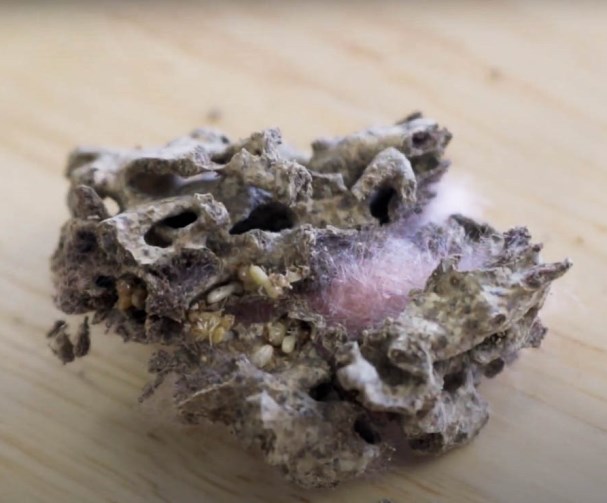About Formosan Termites
Also known as “super termites” Formosan termites are the most devious, aggressive, and voracious species of termites in the world. Their incredible chewing ability allows them to move through woods, flooring of homes, and wallpapers without being detected. This makes them one of the most dangerous pests anyone can have to infest their home.
To have a clearer picture of this species of termites, let’s take a look at some of the few features that distinguish Formosan termites from every other termite out there. To do this, we will be addressing some of its distinguishing features like appearance, behavior, life cycle, and their natural habitat.
Appearance
Just like every other species of termites, the physical appearance of Formosan termites depends on the caste of the termites in the colony. Formosan termites have three distinctive castes; soldiers, workers, and the alates which are also known as the reproductives. The size and color are the two major physical features of Formosan termites which can be used to identify them.
- Size – The size of Formosan termites depends on its caste. For instance, alates measure about 5/16 inch including their wings. Their wings are translucent and are widely covered with tiny strands of hair. On the other hand, the worker ants are relatively smaller in length, while the soldiers are slightly bigger with well-developed mandibles. The head of Formosan termites is round towards the side and flattened towards the front. Soldier Formosan termites don’t have teeth.
- Color – When it comes to physical appearance, the body of Formosan termites are brownish-yellow to pale yellow. The difference in caste doesn’t matter when it comes to the color of this species of termite.

Behavior
Being a termite with a huge appetite, Formosan termites consume anything that comes their way. Whether it’s dry wood, dead wood, a wooden structural part of your home, or a live tree in your garden, these termites consume them all. Just like other termites, the worker Formosan termites cater to all the members of the colony. Using a process called “trophallaxis”, they digest and regurgitate the materials they consumed to other members of the colony.
Formosan termites are generally blind, although they can distinguish between light and dark. With this, sensing that they are exposed to much light means danger is around the corner. While a dark environment is an indication that they are in a protected environment. To protect themselves from harsh environments and predators such as spiders and ants, these termites create mud tunnels where they can hide and stay safe and away from harsh weather conditions.
Life Cycle
The colony of Formosan termites starts with the queen laying eggs. A large colony can support about 70,000 alates and other castes in large numbers. At the early stages of the laying of eggs, the workers supply all the food and warmth they need to grow to adulthood. When the number of termites in the colony is more than what the colony can carry, the need for swarming arises. This simple process sets out the beginning of new colonies.
Habitat
Formosan termites are not dependent on their environmental conditions. They are one of the few species of termites with the ability to survive in different kinds of environmental conditions.

Irrespective of the type of wood, the first target of Formosan termite is the surface of the wood. In order to be able to eat through the wood, they create mud tunnels on its surface. The effects of Formosan termites are easily noticeable if you look well enough. Also, you need to understand the fact that their ability to blend in to any kind of environment makes the wooden structure of your home highly susceptible to the infestation of Formosan termites.
